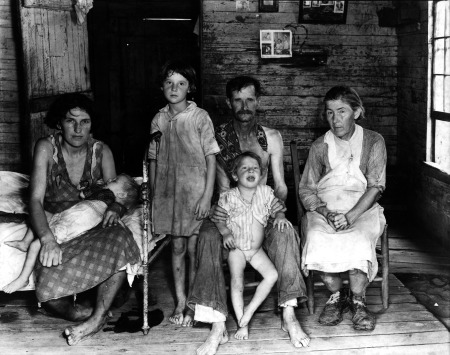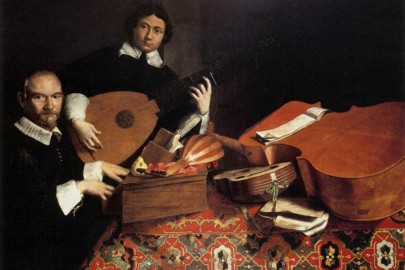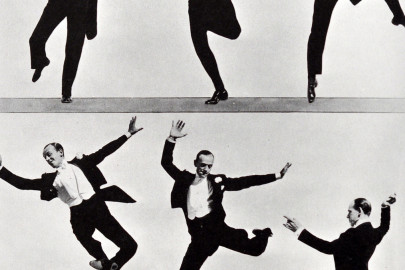This week, Mahlerman’s guide to classical music in America…
When the Scottish philanthopist Andrew Carnegie built the hall that carries his name on Seventh Avenue, New York City, it was constructed in brownstone masonry – rare enough, when you consider that most of the large buildings around it are steel framed, and the more so when you also ponder the fact that Carnegie’s vast fortune was built upon steel production (in today’s money he was worth $300 Billion). And although it was built for the New York Symphony Society, what sort of music did the ageing Carnegie imagine would be played in the 2, 804 seater? Excepting Charles Ives who was yet to surface, there were no Americans, native or otherwise, producing symphonic music of note in 1891. And then, in 1892, a Bohemian arrived in New York to take-up a teaching post as Director of the National Conservatory. His name was Antonin Dvorak.
I will return to this great composer in another post, but I don’t think that it is too much of a stretch to suggest that with his last symphony, the ninth in E minor (From the New World), he produced a work that is far more ‘American’ in spirit than many a composition written by American-born musicians of the time enslaved, as they were, by the European tradition. This ‘genius who looks like a tinker’ (Hans von Bulow) set the bar at a level that few who followed him could hope to emulate – but several tried…..
During his fairly short life Edward Alexander MacDowell (1861 – 1908) was considered not just America’s greatest composer, but the equal of any composer anywhere. Listening to his music (except perhaps some of his solo piano works) today, the best that could be said about it is that MacDowell was a satisfactory note-spinner. The larger orchestral works are, frankly, toe-curling. Then, toward the end of MacDowell’s life, appeared a seer, a sage and a mystic, who was to become the first great American composer, Charles Ives.
Ives, from his student days at Yale, was a Yankee maverick who, after aping Dvorak in his first symphony, set forth on a path of wild modernity, creating music that couldn’t have been imagined before he inscribed it. And not the least extraordinary moment in his career came when, for reasons that are not entirely clear, he broke-off from composition and went into business, first working as a $15-a-week clerk with Mutual Life in New York and later creating his own insurance company in 1907, and building it into the largest in the country, thus liberating himself from any financial concerns, in order to write the music that he knew he had within. What a man – and what music! It seems to defy the performer, to say nothing of the listener. He didn’t need to go cap-in-hand to publishers, as he could afford to publish his own work, and did so; he hardly ever attended concerts, and never sought-out the company of professional musicians; he experimented with atonality years before Schoenberg, and quarter-tones, disjunct melodies, jazz and so-called polytonality before anybody. Here was a complete original who, unlike the crooning criminal that followed him, really did do it his way.
It was no secret that as well as being the most revolutionary musical thinker of his time, sentimental nostalgia was usually swirling through his mind, and in the early years of the last century Ives produced his Third Symphony for small orchestra, subtitled The Camp Meeting. All the complex harmonies and meters are here in the third movement Communion, but also present is the yearning tonality of the hymn tune Just as I am without one plea and, in the last few measures, the distant sound of church bells, a throwback to his family’s strict Congregationalist background, and that of the church-going wife he married in 1908. And his wife’s name? Harmony, of course.
Back in November of 2010 under the title Some Americans, I posted on the neo-Romanticist Howard Hanson, citing the lush middle movement of the Second Symphony (now removed by YouTube) as a great example of his art. Hanson’s parents emigrated from Sweden at the end of the 19th Century, and Howard was born in Wahoo, Nebraska, the very heartland of the United States. But Scandinavia was in his DNA and he adduced both Grieg and Sibelius as inspirations for his harmonic language, extending this later during studies with the great orchestrator Ottorino Respighi in Rome. Unlike Ives, he did not aspire to breaking down barricades but, in fact, strove to keep them in place. 1936 brought Symphony No 3, similar in character to No 2 but with a little less ‘Hollywood’ and rather more ‘Europe’ in it. Here, the Andante Tranquillo second movement, music of surpassing beauty.
America in the 20th Century produced dozens of good composers. And most of them, unless born rich, had to drive trucks, wash dishes – and most often teach, to make ends meet. Many travelled to Europe to assimilate the tradition, and quite a few found themselves at the knee of the great Parisian pedagogue Nadia Boulanger (Walter Piston, Virgil Thomson, Roy Harris, David Diamond, Marc Blitzstein, Aaron Copland). But none of them, save Copland, had what shorthand would call ‘the spark’. The Third Symphony by Roy Harris had ‘the spark’ and is unquestionably a great work – perhaps the greatest American symphony; but it stands almost alone. Mlle Boulanger taught the boys their craft, but she couldn’t turn water into wine. Back in the States however, there was a rich, gay young man who did have something special; a gift for lyrical melody – and his comfortable background allowed him to express this bestowal in his own time. He was Samuel Barber, composer of the go-to piece when anything really bad happens in America, the Adagio for Strings. Barber cut a somewhat lonely figure – not because he was gay (Thomson, Diamond, Blitzstein and Copland from the list above, were all gay), but more likely because he never aligned himself, as most did, with a particular ‘school’ of thought on composition – spurning the avant-garde utterly. Although he lived into his early 70’s he didn’t compose much – perhaps because he didn’t have to, as he was secure financially, but what he did write was perfectly formed and often painfully beautiful. Here, the exquisite slow movement of the early Violin Concerto.
So Barber’s bleak Adagio for the bad stuff. But what if we are going to inaugurate Clinton or Obama? What to play when the Space Shuttle Endeavour touches down for the last time? Step forward the ‘Dean of American Music’ Aaron Copland, and let us hear the Fanfare for the Common Man one more time. With Leonard Bernstein he was perhaps the only American composer touched by genius. He created by slow, almost static harmonies, the painting in sound of the vast open spaces of his adopted country, and the open-interval melodies that were woven into this distinctive style became his signature sound. He created three great ballets – Appalachian Spring, Billy the Kid and Rodeo – that now form a permanent part of the core dance repertoire, and after a brief flirtation with serial forms he returned to the language he knew best in the 1950’s with the opera The Tender Land, a story set in the mid-west and telling of a young girl’s coming-of-age. The inspiration for the piece came from both the words of James Agee’s Let Us Now Praise Famous Men and the mavellous Depression-Era photographs of Walker Evans (see above). Here, at the close of Act One, the deeply felt Promise of Living.












Revelatory and enthalling as ever, MM.